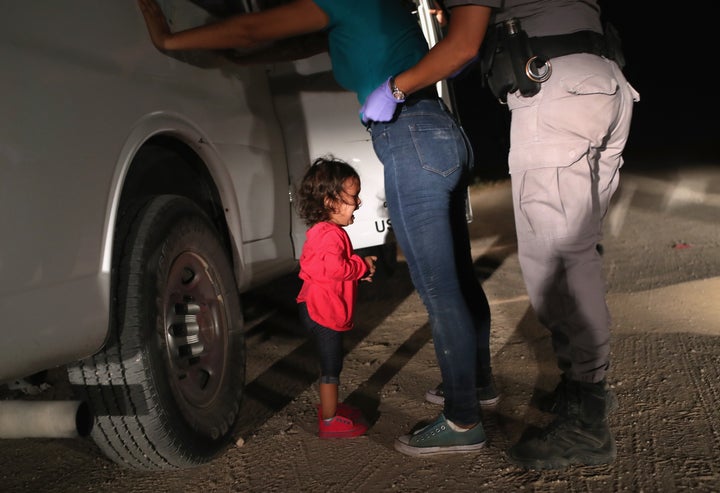Moonglow
Diamond Member
- Jun 27, 2011
- 219,635
- 51,965
If parents don't teach at home they are the real problem not, the school system...Fat and lazy shows a lack of physical activity of a child or adult, intellectual laziness is proven by the low scores of kids in school...Mine never had that problem because we had school at home also..And how do the Democrats stop Asians from going to the best schools, which you guys claim are the worst in the world because they are run by liberals...Oxymoron much?Is that supposed to be funny?
Nope, it's the plan for much better immigration policy that should be put on place starting now.
Why should we take in shitty people, when plenty of great people are lining up to get into this great country?
There are a lot more successful people in the world than white Europeans
Asian Americans for one...... and the democrats won't let them go to the best schools in the country because they out perform the pet race groups of the democrats...
Swish.
You're conflating government grade schools with universities. And no one said our grade schools are the "worst in the world." But they perform horribly versus our contemporaries despite that we spend the most money on them. Obviously money is not the issue with our grade school education
